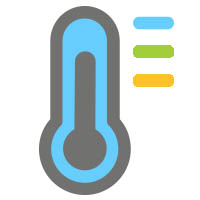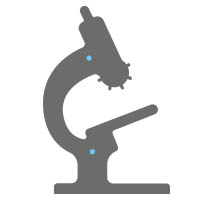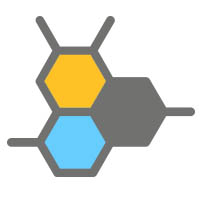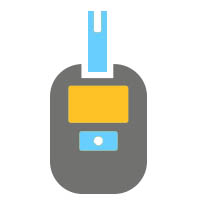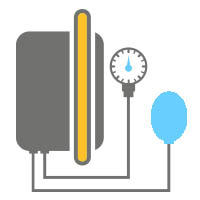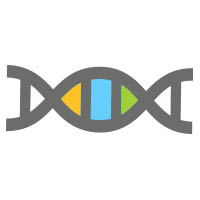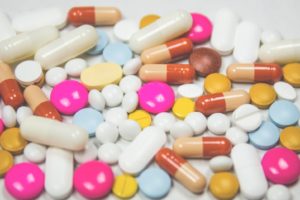Stem Cells are involved in the maintenance of tissues and organs during our entire life. They have two main important qualities: Self-renewal and Potency. Self-renewal means these cells can multiply themselves endless amount of times, producing more stem-cells. They can be added to any organ or tissue, and produce more stem-cells that would be functioning as the organ or tissue own cells. Meaning, stem cells can connect to any tissue and generate more of it by reproducing more cells of this same tissue or organ.
The process is called “transplant”, just like organs transplant, only with cells. These cells have the capacity to transform themselves into specific cell lines, and therefor replace a damaged tissue and improve its function.
Stem Cell Transplant (SCT) or Autologous SCT is available since the late 1950’s, and can be found in most modern hospitals that treat degenerative and chronic diseases. Autologous STC can play a major role in re-balancing and reconditioning the immune system, which is a key factor for stabilization and healing. There used to be an assumption that stem cells were only found in the fetus, but today it is known that our body keeps producing stem cells during our entire lives, and this is what allows itself to always renew.
Unlike allogeneic SCT that was used in the past, where stem cells were taken from a donor, in the process of Autologous SCT, stem cells are being taken from the individual’s tissue. They are then processed in order to be re-administered, usually intravenously, to the infected organ of this same individual. This solves many issues doctors had to deal with in the past: When taken from the patient’s own tissues, there is no risk of the body to reject its own cells, donor- recipient match is not required, no ethical concerns regarding the use of human embryonic tissues, no tumorigenic risks and so on.
The transplanted cells show anti-inflammatory activity as well as immune system enhancement. There are several ways in which the cells can be taken from the patient’s tissue/ blood, and later on isolated and processed:
Hematopoietic Stem Cells – Extracted from the patient’s blood, isolated in a lab from the other blood components and administered back to the patient.
Bone-Marrow Stem Cells – The bone marrow is a rich source of quality stem cells, it has them with abundance and using this source has usually very high efficiency in the treatment.
Mesenchymal Stem Cells – Can be extracted and isolated from body tissues such as bones, body fat (liposuction procedure would be required in that case), umbilical cord blood and during bone marrow process.
In all of the above processes are isolated, processes and nourished, and in most cases re-administered intravenously. The type of process is decided by the medical doctor conducting the process, according to the patient’s condition.
________________________________________________________
Information Source used in writing this article:
The BioCare System, IBC Hospital, Tijuana.
Progencell, Stem Cell Therapies.
For further reading sources, please visit:
Wikipedia
Eurostemcell
Stemcells
